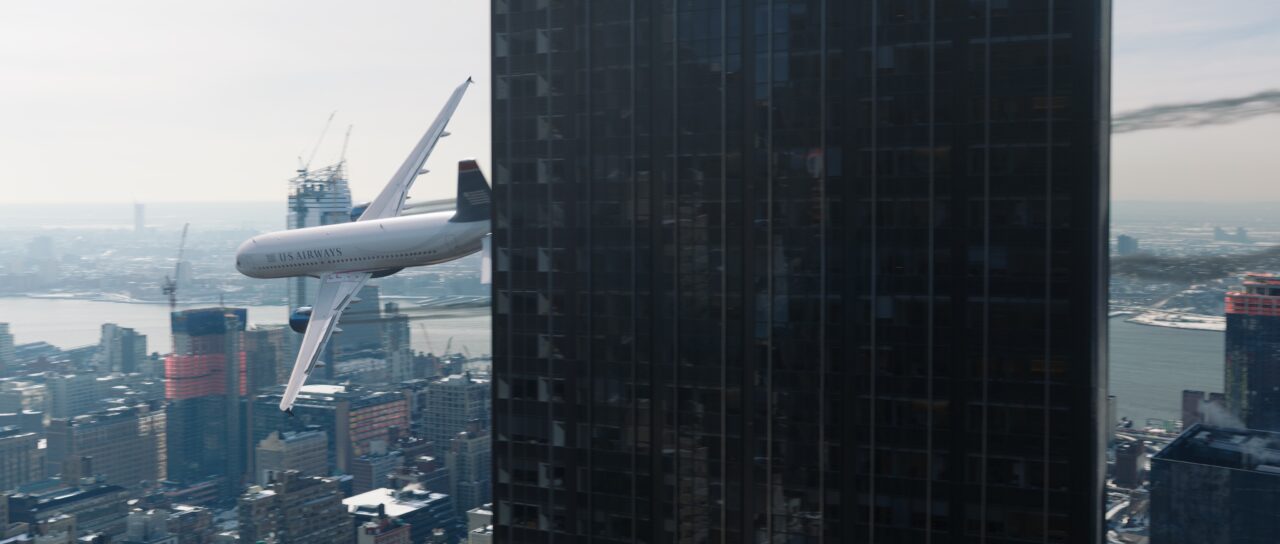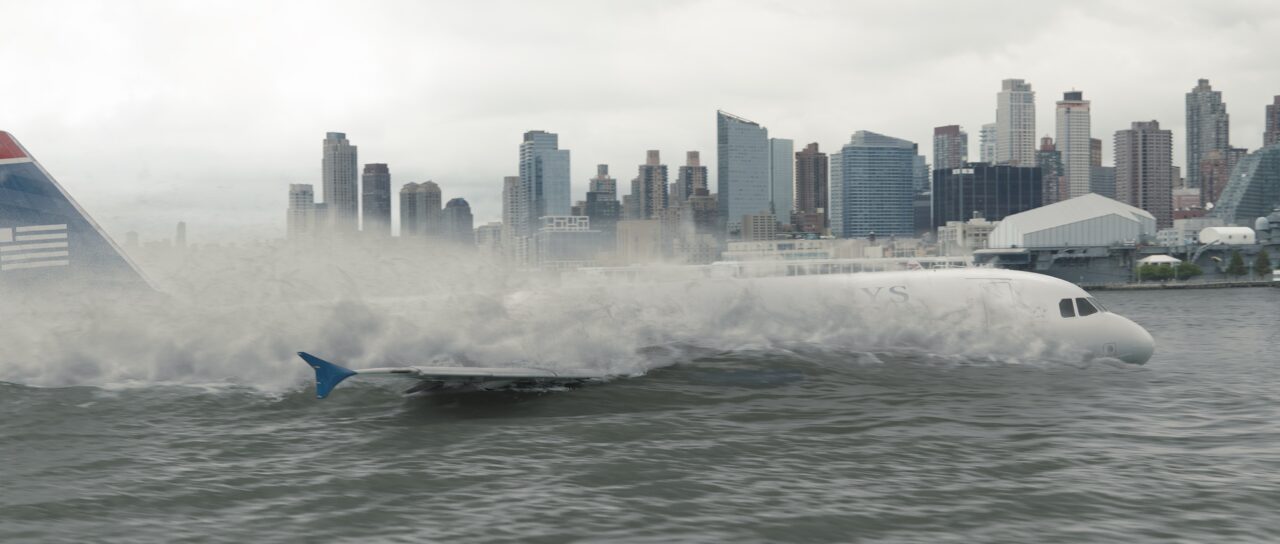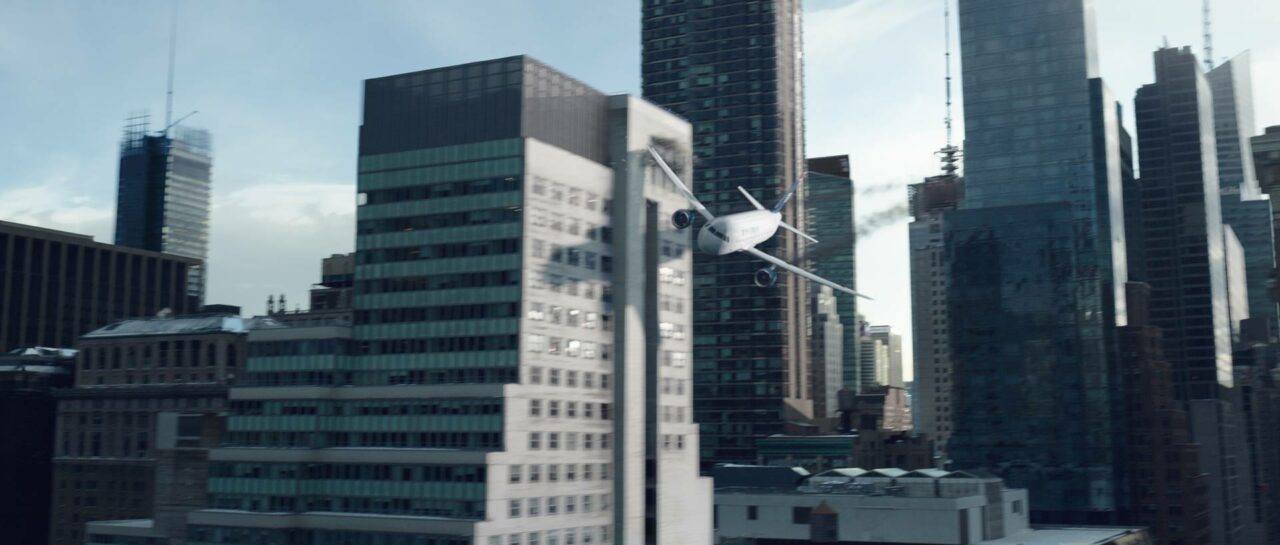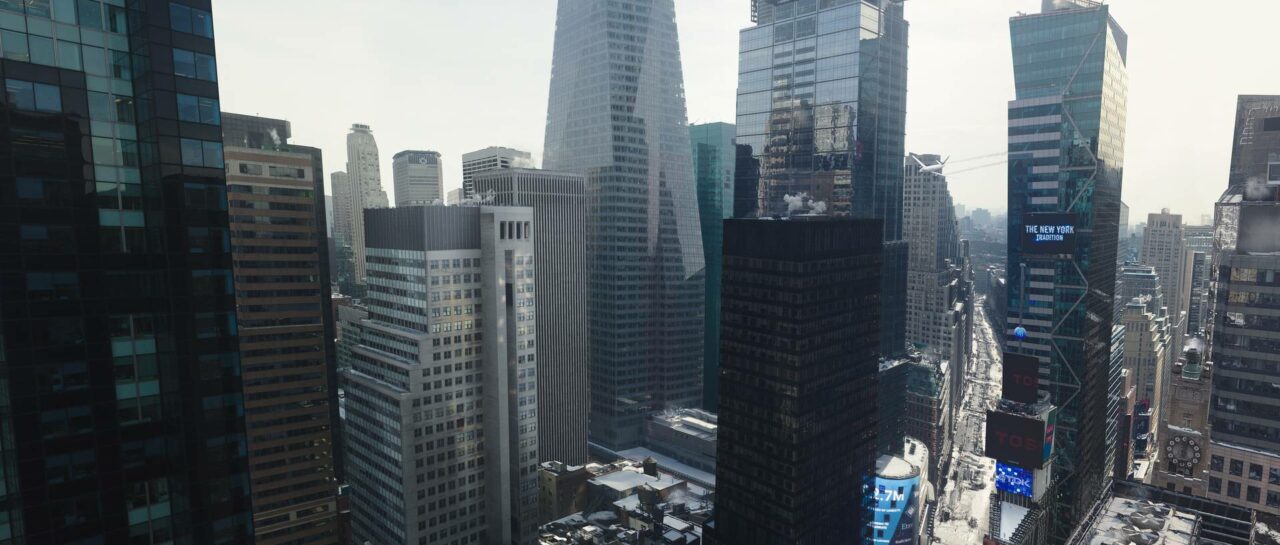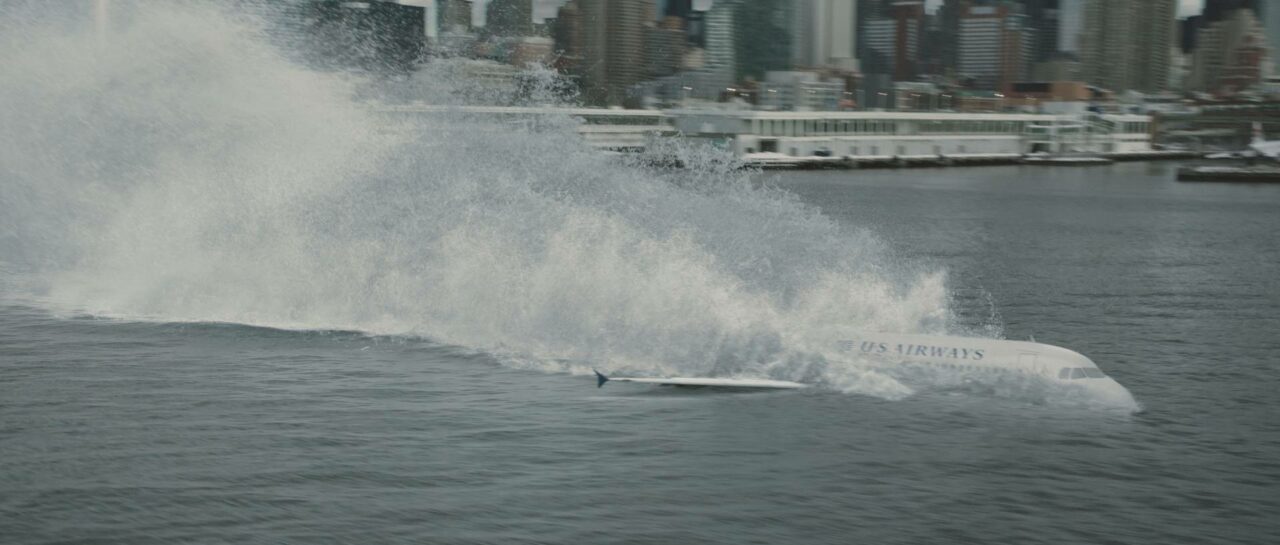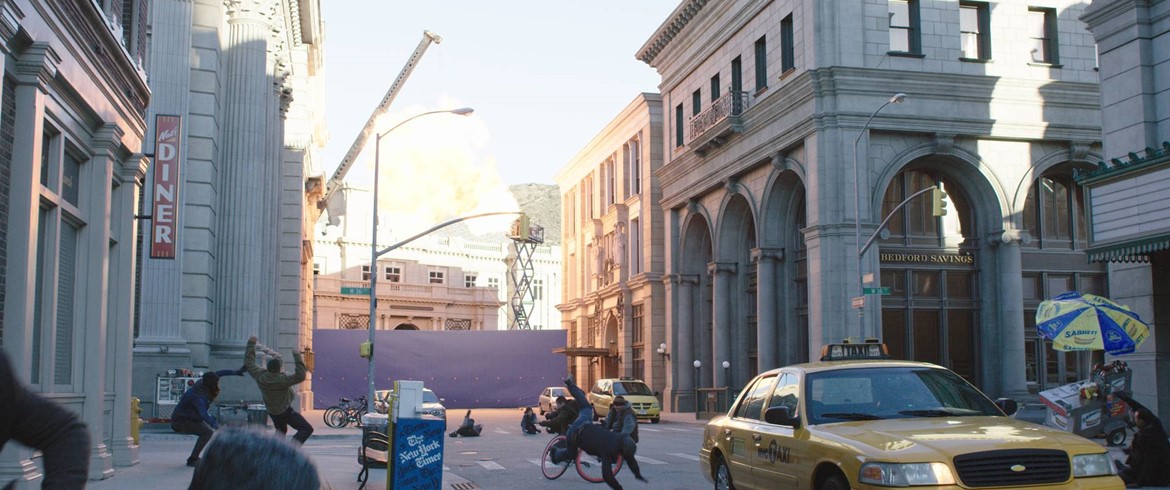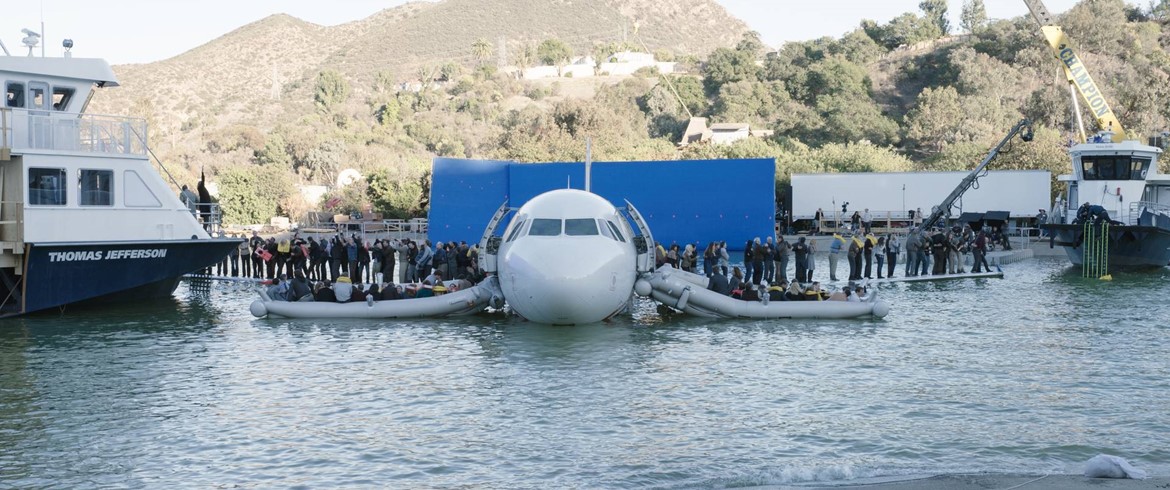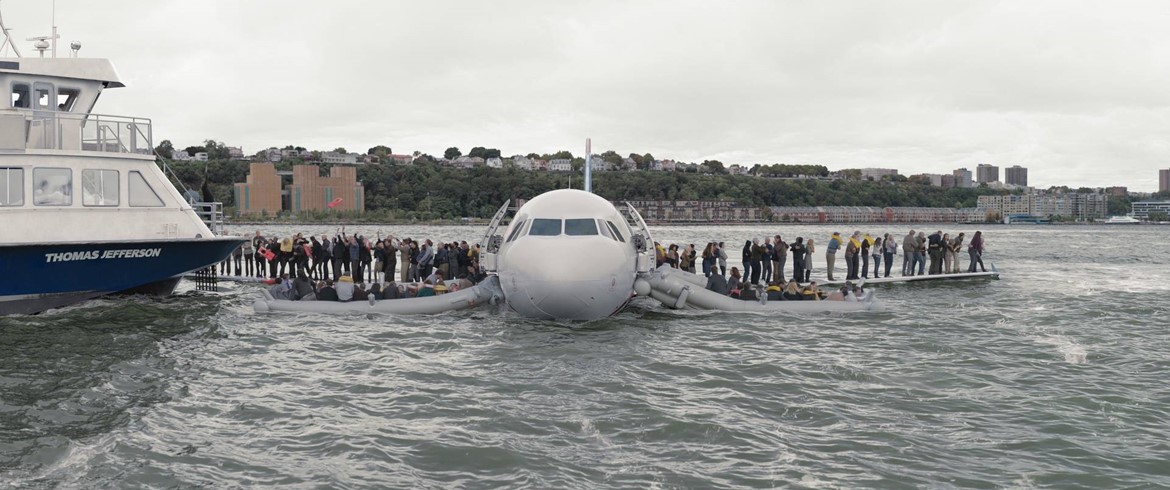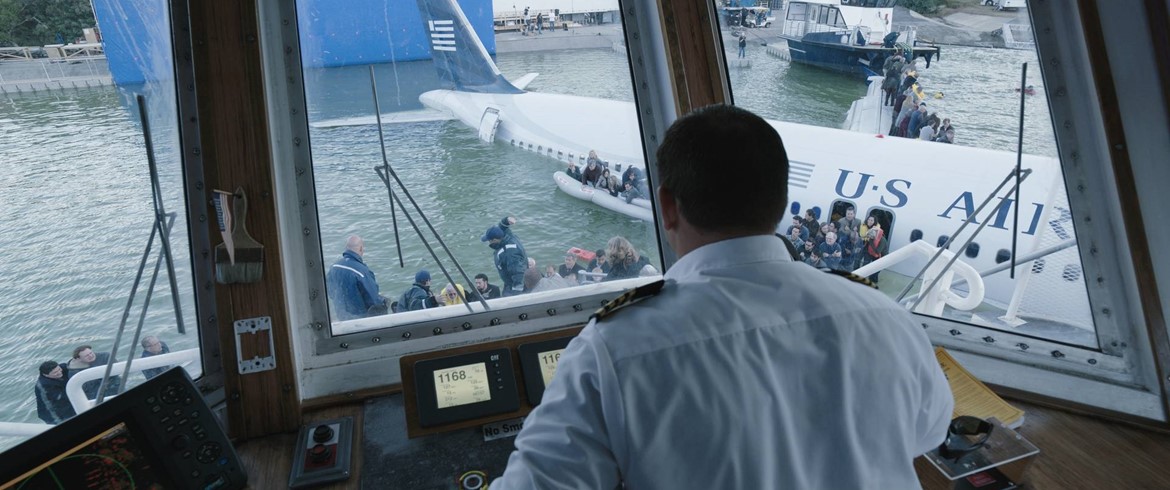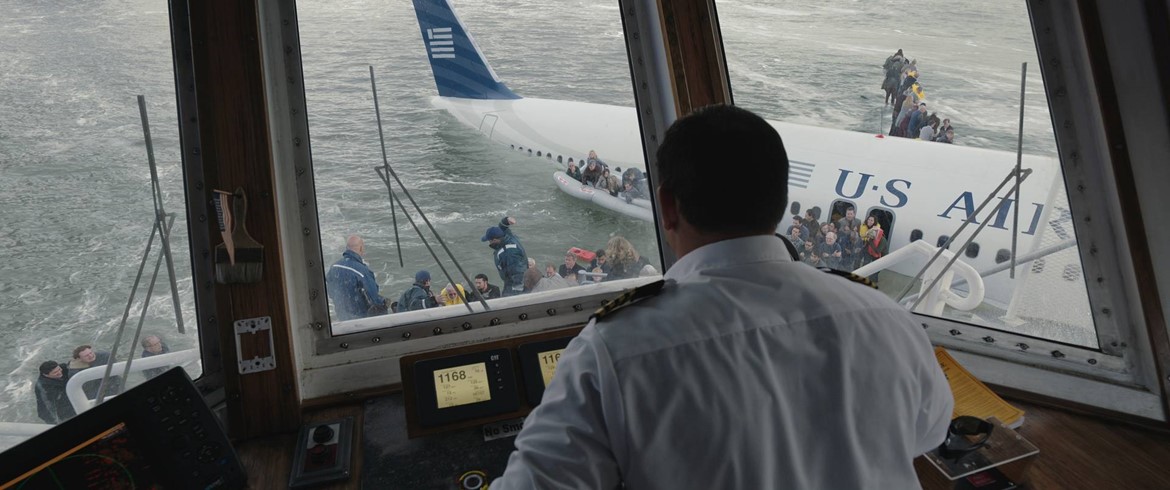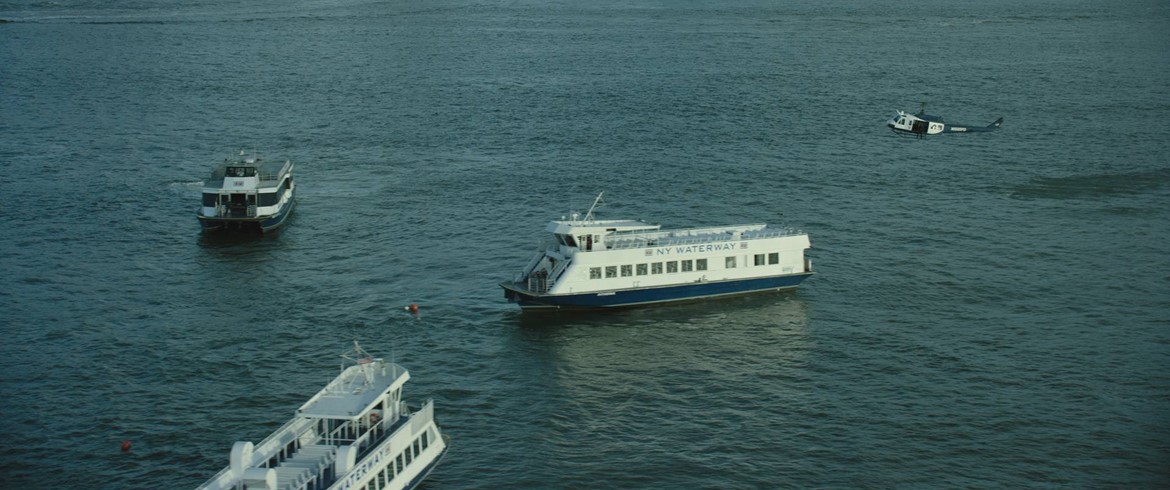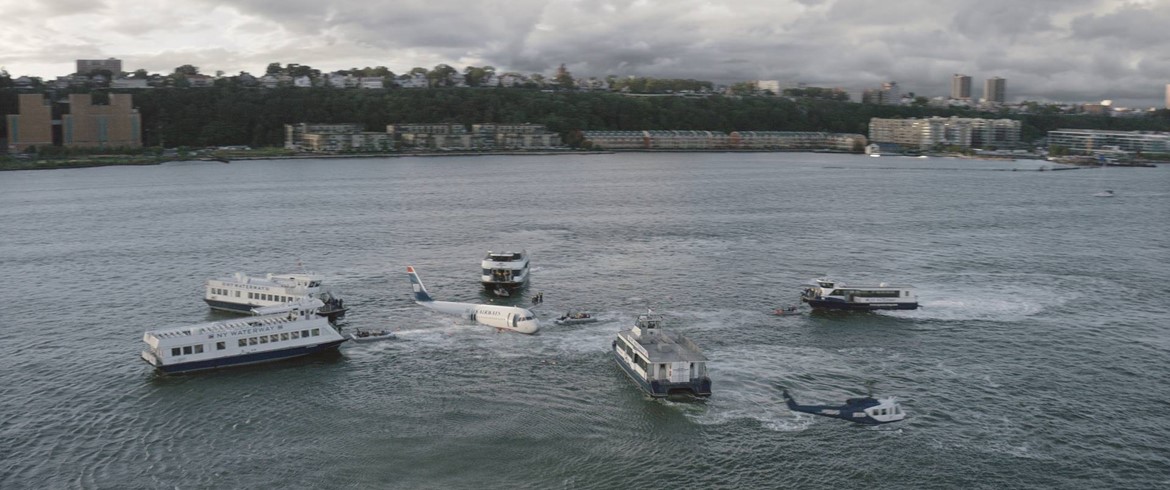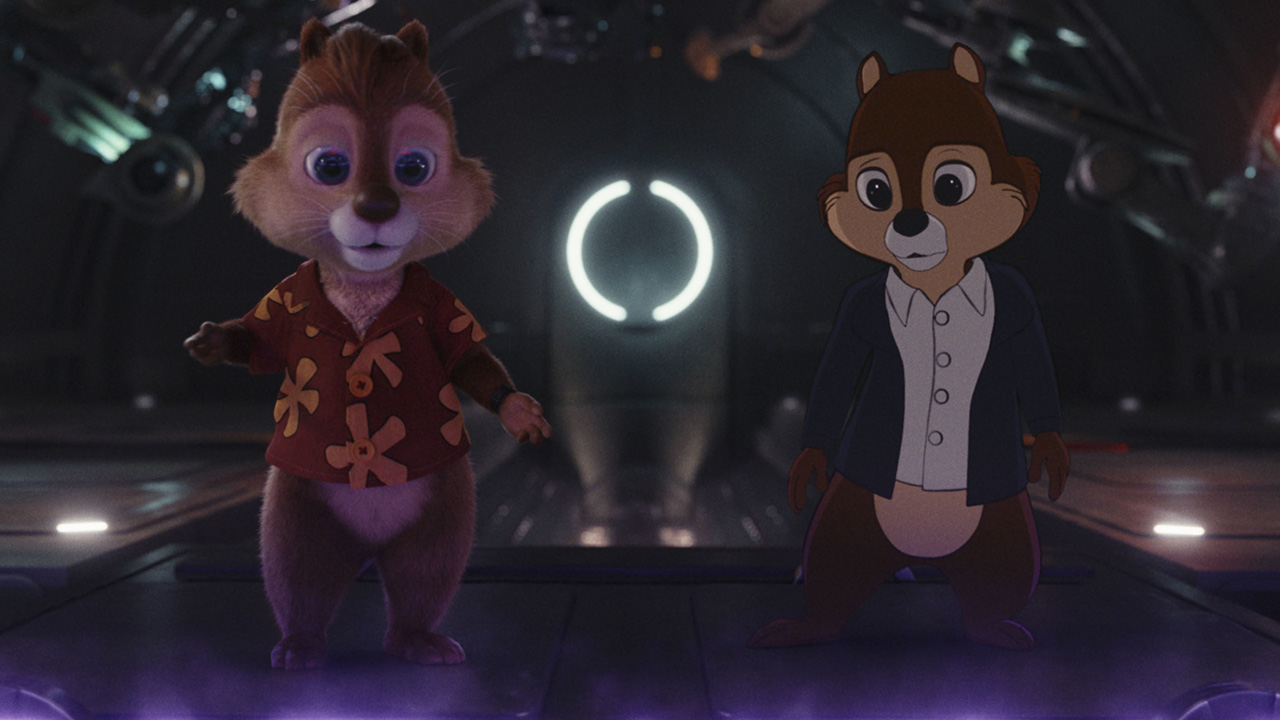On January 15, 2009, the world witnessed the “Miracle on the Hudson” when Captain “Sully” Sullenberger glided his disabled plane onto the frigid waters of the Hudson River, saving the lives of all 155 aboard. However, even as Sully was being heralded by the public and the media for his unprecedented feat of aviation skill, an investigation was unfolding that threatened to destroy his reputation and his career.
MPC’s team worked with Director Clint Eastwood and Production VFX Supervisor Michael Owens as lead studio behind the movie’s photoreal effects.
MPC’s contribution to Sully was exhibited throughout the movie, from the opening sequence – flying an A320 Airbus into Times Square, New York – to the aircraft landing in the Hudson and passenger rescue after a forced landing. The scope of the work included full CG environments and aircraft, complex water simulations and explosive effects. MPC’s photoreal work also had to stand up to 4K resolution for the IMAX release of the film, which required a high level of detail in the models and environments.
MPC first task was to create a flock of Canadian Geese, which are the main inciting incident for the aircraft’s forced landing. The team animated these CG assets using ALICE, MPC’s proprietary crowd simulation tool. There needed to be enough geese in the air to create the sense of the aircraft being unable to avoid them, while also having the flexibility to art direct the flock as necessary. The challenge was to make the impact compelling without surpassing the bounds of reality.
The water landing and subsequent rescue sequence was partially shot on location in the Hudson River where the real-life event took place, as well as in a local water dam in Los Angeles, California. The footage received from both locations required additional environment replacements and CG water extensions to simulate the scale of the waves and realism of the overcast Hudson River. Part of the challenge of this type of work was finding realistic references of an aircraft landing in a river. The team found a handful of video clips, which helped indicate what landing a large aircraft and the mechanics of the water simulations might look like. They then created multiple iterations of fluid simulations to achieve not only the correct feel of the surrounding water, but also of the impact splash and mist elements generated by the landing.
Awards

The lighting department at MPC pioneered a new way of creating water by using displacement shaders with multiple levels of detail. These general areas of river water were then merged into more complex FX water simulations for close up detail, splashes and other secondary elements, which created a seamless finish to the shots.
For the Times Square crash sequence MPC created full CG city environments and a CG plane for the alarming scene. MPC’s artists used their proprietary tool Kali to create the explosion and building destruction as the plane impacts into the building.
Throughout the process of pre-vis through to the final stages of development, MPC was allowed creative freedom in many aspects of the work. The design directive was based on real life events, which allowed MPC’s artists to focus their efforts on making visually interesting looking shots.
